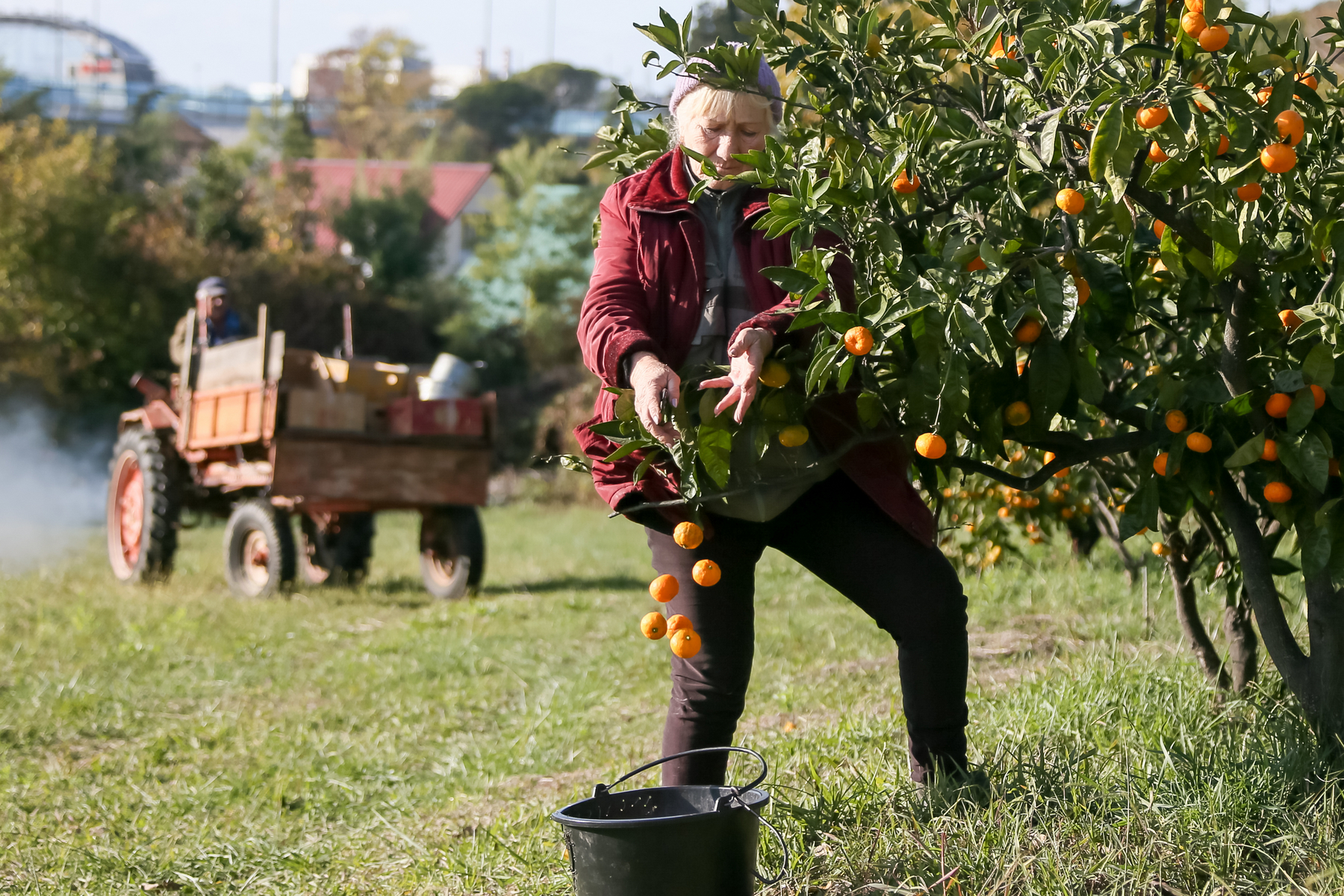Simultaneous extreme weather events across the Northern hemisphere have prompted another ring of climate alarm bells. This summer has already seen record-setting heatwaves in the American Northwest and Canada, flooding in Germany, record-breaking temperatures in Pakistan’s Indus Valley, and intense heat and forest fires in Russia’s East. Experts are now worried about how changes to the jet stream are breaking existing climate change models, rendering them inadequate to describe or predict.
Meanwhile, conversations about the geopolitics of climate change have crept back into the fray, including the narrative that Russia “wins”– a trope exemplified by a New York Times piece last December titled “How Russia Wins the Climate Crisis.” The opening of agricultural land in the Far East and Far North are generally cited as evidence that unlike so many other states facing the loss of arable land and intense population pressures, Russia may prove to be an “island of stability” increasingly central to global food supply chains.
The premise that Russian agriculture would benefit is contentious: academic studies are often ambiguous in their findings and identify considerable risks. Yet even if those are accepted, the knock-on effects of a rapidly warming planet and increasingly extreme, unpredictable weather can undo much of whatever would otherwise be gained. Put simply, land doesn’t till itself and requires a host of institutional and infrastructural systems, labor, and investment to be used effectively. Climate change will put considerable stress on existing systems of economic and political management everywhere, regardless of where its worst effects are directly felt. Owning land is great, but doesn’t inherently predispose Russia’s governing institutions and political economy to adaptation in the face of disruptive climactic, political, and economic change.
How much land does a man need?
The recovery and rise of Russian agriculture have been a huge success story over the last 2 decades. In sheer output terms, production has risen over 8-fold since 2000. Much of that is a result of land reforms, subsidy policies, and more recently the imposition of counter-sanctions on EU food imports in 2014 that suddenly cut off import competition for a slew of producers and opened up new investment opportunities. But foreign investors have historically struggled to realize returns investing into Russia’s Black Earth, by far its best arable land, because of their ignorance of non-soil factors like the short growing season, a frequently poor state of infrastructure, and variable weather.
Domestic successes have come from huge efficiency gains in the use of fertilizer, a mechanization of labor, and infrastructure investment supported via subsidies as well as reduced foreign competition granting firms more domestic pricing power. These gains, however, raise new problems over time. For instance, the rapid rise in fertilizer costs this year has hurt profit margins, affected procurement, and risks reducing the size of next year’s harvest.
Russia’s grain markets also aren’t evenly integrated at the domestic level. The North Caucasus and bordering regions that form Russia’s wheat breadbasket are primarily export-facing. As of 2018 the North Caucasus accounted for 75% of all Russian wheat exports because of its access to export infrastructure. The region exported almost all of its output. Western Siberia and the Urals growing regions accounted for just 3% of exports that year, a result of huge distances to ports; almost all of their production served domestic demand. Russia’s domestic grain markets are therefore highly segmented between regions because of these distances and poor domestic infrastructure links, unpredictable state price interventions that affect delivery contracts, and high levels of concentration of consumption in urban centers in European Russia.
Since Russia’s best land is used for export, that means climactic disruptions elsewhere can create more significant supply and price pressures at the regional level. The sticking point here is the huge distances food has to travel internally to come to market along often patchy supply chains. For example, unusually hot weather this year reduced the availability of grain feedstock for dairy producers by 15% and triggered price increases for milk across the country’s weaker growing regions from Krasnodar to Omsk to Khabarovsk and Perm. We’ve similarly seen that global price increases for fertilizer have created supply crunches for Russian growers already struggling to keep pace with added export duties and price controls intended to help Russian consumers.
Opening up new land that’s lower quality will primarily affect production for domestic consumption. However, that will not necessarily address these problems nor significantly improve Russia’s position as an exporter. At the same time, rising temperatures and likelihoods of dry spells in European Russia increase harvest risks for water-intensive crops, including wheat. Changes to the length of growing seasons will also inevitably create new stresses on existing water infrastructure as well. None of this necessarily means Russian growers can’t benefit, but trading higher quality production from the country’s existing breadbasket for lower quality production that ends up less competitive for export does not produce immediate gains and raises new challenges.
Running the Planet and Economies Hot
Accelerating climate change creates a series of knock-on effects that require significant institutional and political adjustment. The worst the effects of climate change and shifting weather patterns, the greater the need for investment into ‘green’ infrastructure such as renewables as well as the basics – roads, bridges, railways, power grids, healthcare systems, and more. The costs of adjustment are unevenly distributed and will be hotly contested politically. For instance, wholesale electricity prices in Russia have reached historic highs this summer because of increased demand due to weather that’s hotter than usual. Hotter summers will exacerbate existing concerns over future power price inflation due to underinvestment into the modernization of power plants and new stations as well as elevated operating costs due to new recycling and pollution requirements. Power costs are expected to rise above the Central Bank’s 4% inflation target through 2024 as of April. That forecast may well be revised upwards now that the Central Bank sees elevated inflation as a longer-term problem. Estimating the costs of climate change mitigation and adaptation is incredibly difficult. But no matter one’s scenario, investment needs to rise to refit entire obsolete systems of infrastructure.
This could necessitate a higher level of investment than the present system supports. And beyond that, labor markets matter too. The agricultural sector’s impressive efficiency can’t overcome the reality that Russia’s labor force is expected to shrink by as many as 7 million people over the course of the next decade. Any expansion of agricultural capacity at new land found farther north or else near the border with China in the Far East will require more labor, sometimes in areas with scant populations, limited incentive for people to move, and considerable budgetary dependence on the federal Center. A labor force declining that rapidly will likely bring about two market responses – a scramble for more foreign labor to offset domestic losses or a considerably tighter labor market on which firms have to pay higher wages to attract and retain workers. The former has long been key to Russia’s economic model, exploiting illegal immigration or else legal migrants whose rights aren’t well protected to suppress wages and keep sectors like construction running smoothly. The current labor market shock from COVID and reduced cross-border migration is so extreme that the government has looked at using prison labor to complete projects like the Baikal-Amur Mainline and contributed to rising inflation levels. A tighter labor market would be a better scenario for Russian workers. However, it would also likely mean higher levels of inflation than the present system of labor market and macroeconomic governance would allow for. Large increases in wages force companies to invest more into productivity to try and reduce labor costs, often an unattractive prospect because of the persistent weakness of domestic demand and ability to exploit migrant labor or else rely on politically settled wage policies intended to maximize employment at the expense of productivity.
Ecology Trumps Black and White Thinking
There are scores of other interconnected problems to consider in the Russian case. Desertification, shortening growing seasons, and the loss of rainfall threaten food security and stability in Central Asia and Afghanistan. The politics of access to water played a role in shaping some of the course of last year’s war between Armenia and Azerbaijan over Nagorno-Karabakh. The same types of climactic risks facing Russia in its southern European breadbasket affect Ukraine’s agricultural heartlands as well. A changing climate poses countless food security risks that may create some conditions ‘beneficial’ to Russia, but also increase the costs of policing or else ensuring the stability of Russia’s so-called Near Abroad.
Climate change is not a set of discrete events and changes for which we can readily predict “winners” and “losers.” Rather it’s a series of interlocking processes that are dynamic, feed into each other, and reveal the extent to which economic and political relations are interdependent. Climate-related water shortages in Iran’s Kuzhestan province have triggered protests and unrest. The semiconductor shortages plaguing global supply chains and worsening price inflation for goods like cars and computers in Russia ran up against drought conditions in Taiwan where the world’s largest dedicated semiconductor foundry owned and operated by TSMC struggled because semiconductor production is a water-intensive process. Over a week ago, floods knocked out a bridge on the Trans-Siberian railway creating a large chokepoint for Russian Railways and logistical headaches. If Moscow’s idealized vision of an economy insulated from these shocks is to be realized, huge investments into infrastructure, efficiency, and productivity have to be made. No one wins from a warming planet. Some may simply prove more adept and capable of adapting and mitigating its costs. For now, Russia is far from achieving that.










